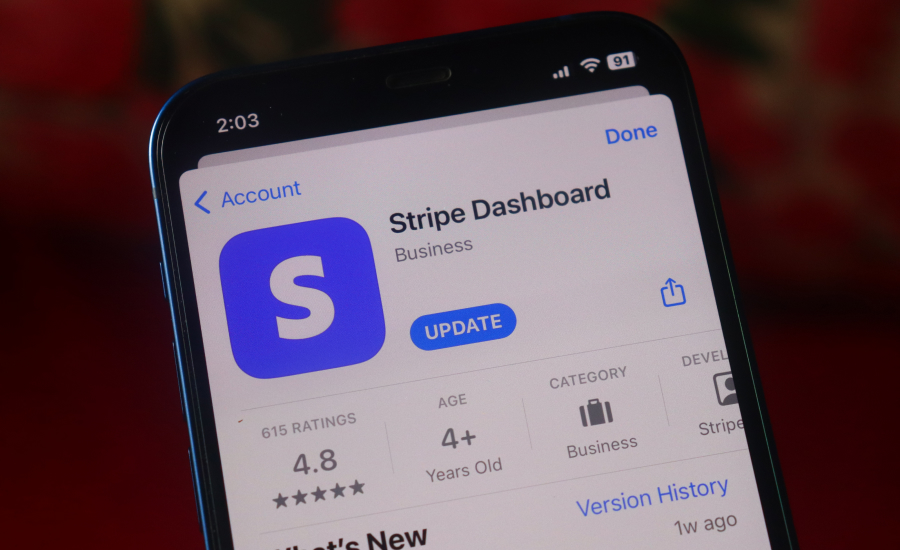Selecting the right payment processor is crucial for the efficiency and satisfaction within your e-commerce operations. This article delves into the specifics of Stripe and Shopify Payments, two prominent platforms, highlighting their unique features to help you identify the best fit for your business needs.
Overview of Stripe and Shopify Payments
Stripe is a versatile payment service provider that excels in offering solutions tailored to both small startups and large enterprises. This flexibility makes Stripe ideal for businesses that need to adapt and integrate complex payment systems into various types of applications and websites. It operates globally, supporting payments in over 135 currencies and a wide range of payment methods including credit cards, bank transfers, and popular digital wallets like Apple Pay and Google Pay.
Shopify Payments is designed as a streamlined payment solution for users of the Shopify e-commerce platform. This integration simplifies the setup process significantly, allowing merchants to manage everything from their Shopify dashboard—from sales and payments to inventory and customer data. However, it’s important to note that Shopify Payments is only available to Shopify users and is currently supported in a limited number of countries.
Combined Overview of Key Features, Pros, and Cons of Stripe and Shopify Payments
Stripe Features, Advantages, and Disadvantages:
- Customization and Flexibility: Stripe’s API allows businesses to create tailored payment solutions, from simple payment buttons to complex checkout processes, making it ideal for businesses that require specific workflows or have unique integration needs. This level of customization supports a broad range of payment methods, including credit and debit cards, digital wallets, and local payment options in various countries.
- Global Support: Stripe caters to an international customer base by supporting over 135 currencies and numerous local payment methods, which is beneficial for businesses aiming to expand globally.
- Cons: The complex setup might pose challenges for non-developers, requiring either a steep learning curve or the need to hire technical expertise. Additionally, while basic payment processing is competitively priced, costs can escalate with customizations and more advanced features.

Shopify Payments Features, Advantages, and Disadvantages:
- Seamless Integration: Built into the Shopify platform, Shopify Payments provides a seamless experience for users, automatically syncing sales data with other Shopify tools without needing additional integrations. This integration simplifies the management of sales, inventory, and customer data.
- Transparent Pricing: Shopify Payments has a clear pricing structure with no hidden fees. Fees vary by Shopify plan, potentially decreasing as businesses scale up and choose higher-tier plans.
- Cons: Limited to Shopify platform users, it’s not available for businesses using other e-commerce platforms. Geographic availability is also restricted, which can be a significant drawback for international sellers seeking a more universally accessible payment solution.

Detailed Pricing and Fees Comparison Between Stripe and Shopify Payments
Both Stripe and Shopify Payments are popular choices for e-commerce businesses, each offering distinct fee structures to accommodate different business needs.
Stripe Pricing:
- Online Transactions: Stripe charges a flat fee of 2.9% + $0.30 per online transaction. This rate is quite standard across the industry, providing predictability for businesses calculating their potential transaction costs.
- In-Person Transactions: For transactions processed in person, Stripe offers a slightly lower fee of 2.7% + $0.05 per transaction. This can be beneficial for businesses that also operate physical stores or sell at events.
- Additional Costs: Stripe does not charge monthly fees, which makes it an attractive option for startups and small businesses that are monitoring their overhead costs closely. However, there are fees for chargebacks and for using some of Stripe’s more advanced features, such as customized billing or international transactions.
Shopify Payments Pricing:
- Online Transactions: Similar to Stripe, Shopify Payments typically charges 2.9% + $0.30 per transaction for online sales. However, these fees can vary depending on which Shopify plan you are on, potentially lowering as you move to a higher-tier plan.
- In-Person Transactions: The fees for in-person transactions are slightly higher than Stripe at 2.7% + $0.10 per transaction. This rate is also consistent across different Shopify plans.
- Monthly Fees: Unlike Stripe, Shopify Payments is tied to the Shopify e-commerce platform, which requires a monthly subscription. The monthly fees range from $29 to $299 per month, depending on the Shopify plan selected. These plans include varying features beyond payment processing, such as website hosting, SSL certificates, and access to Shopify’s extensive e-commerce features

Security and Fraud Protection
Stripe: Utilizes PCI DSS compliance, encryption, and Stripe Radar for customizable fraud protection, providing robust security suitable for businesses needing stringent data protection.
Shopify Payments: Also PCI compliant, encrypts data, and includes built-in fraud analysis tools, simplifying security without the need for additional setups.
Customer Support and Resources
Stripe: Provides 24/7 support via multiple channels, along with a comprehensive knowledge base and community forums, beneficial for technical support needs.
Shopify Payments: Supported by Shopify’s extensive customer service network, offering 24/7 help and a wide range of educational resources.
Conclusion
The choice between Stripe and Shopify Payments largely depends on the specific needs of your business. If you’re looking for a payment processor with no monthly fees and are comfortable handling potential additional charges for advanced features, Stripe could be the more flexible option. On the other hand, if your business is already using or plans to use Shopify as its e-commerce platform, Shopify Payments can provide a more integrated solution with straightforward pricing, although it does require a monthly subscription.








